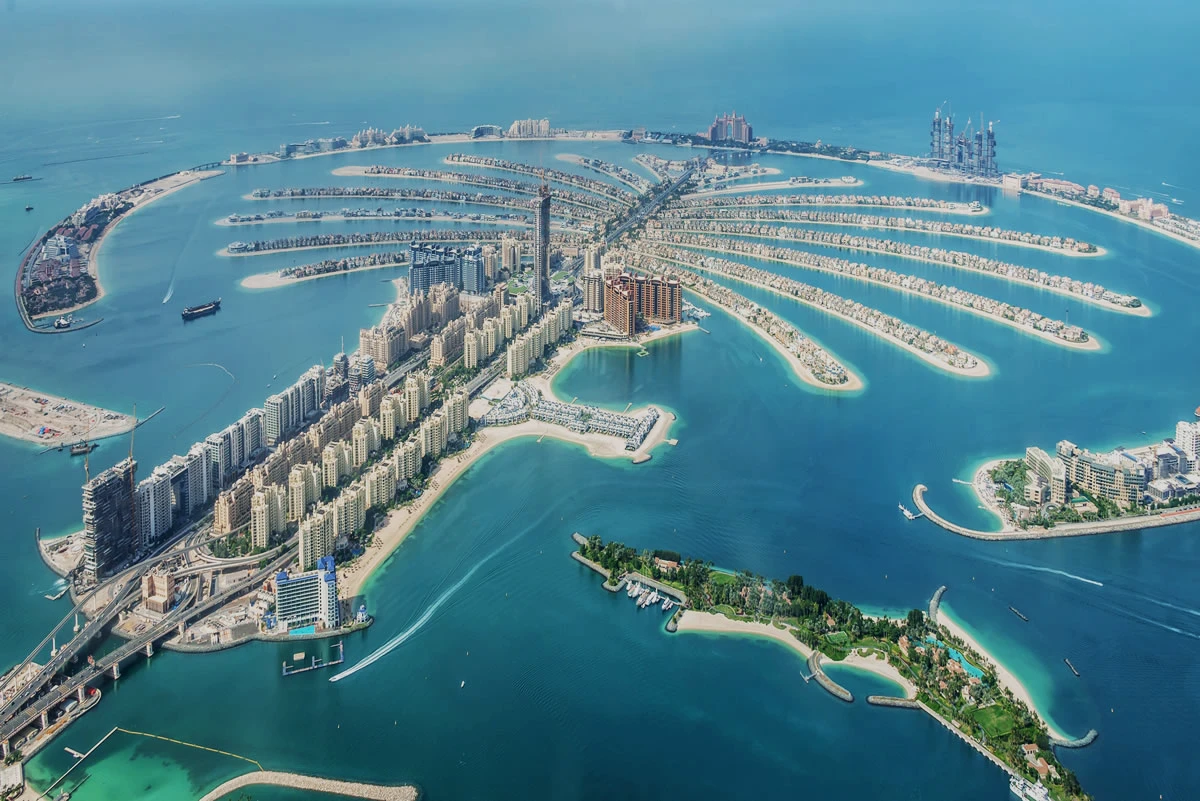What Is Infrastructure?
Infrastructure is defined as the basic physical systems of a business, region, or nation and often involves the production of public goods or production processes. Examples of infrastructure include transportation systems, communication networks, sewage, water, and school systems.
Investments in infrastructure tend to be costly and capital-intensive but vital to a region’s economic development and prosperity. Projects related to infrastructure improvements may be funded publicly, privately, or through public-private partnerships.
KEY TAKEAWAYS
- Infrastructure is the basic facilities and system serving a country, region, or community.
- Examples of infrastructure include mass transit and telecommunications networks.
- Large-scale infrastructure is usually produced by the public sector and funded by tax revenue.
- Infrastructure can often be produced on a smaller scale by private firms or through local authorities.
- Infrastructure can be classified as soft or hard; both are essential to a society’s economy and quality of life.
Understanding Infrastructure
The term infrastructure first appeared in the late 1880s, derived from French, with infra- meaning below and structure meaning building. Infrastructure can mean the foundation upon which the structure of an economy is built.
Infrastructure includes a variety of systems and structures where physical components are required such as the electrical grid across a city, state, or country. While the facilities, equipment, or similar physical assets like bridges and roads are essential to an economy, infrastructure also enables citizens to participate in the social and economic community and provides them with necessities such as food and water.

Because infrastructure often involves the production of either public goods or goods that lend themselves to production, it is typical to see public financing, control, supervision, or regulation of infrastructure. This usually takes the form of direct government production or production by a closely regulated, legally sanctioned entity. The first federally funded infrastructure project was the Cape Henry Lighthouse, built in 1789 at Virginia Beach, Virginia.
Sometimes private companies choose to invest in a country’s infrastructure development as part of a business expansion effort. For example, an energy company may build pipelines and railways in a country where it wants to refine petroleum and this investment can benefit both the company and the country.
Individuals may also choose to fund improvements to certain pieces of public infrastructure. For example, an individual may fund improvements to hospitals, schools, or local law enforcement efforts.
Types of Infrastructure
Infrastructure is often categorized as hard or soft. Hard infrastructure is the tangible, physical assembly of structures such as roads, bridges, tunnels, and railways. Soft infrastructure is the services required to maintain the economic, health, and social needs of a population.
Hard Infrastructure
Hard infrastructure is the physical system needed to run a modern, industrialized nation. Examples include roads, highways, and bridges, as well as the assets required to make them operational such as transit buses, vehicles, and oil refineries. Technical systems such as networking equipment and cabling are considered hard infrastructure and provide a critical function to support business operations.
According to the Brookings Institute, 14 million people have jobs in fields directly related to infrastructure. From locomotive engineers and electrical power line installers to truck drivers and construction laborers, infrastructure jobs account for nearly 11% of the nation’s workforce.
Soft Infrastructure
Soft infrastructure represents human capital and institutions necessary to maintain an economy that delivers certain services to the population such as healthcare, financial institutions, government offices, law enforcement, and education.
Investments in soft infrastructure target how people thrive and participate in daily life. In 2021, President Biden’s Build Back Better Plan targeted soft infrastructure proposals like expansions to Medicare and tuition-free community college.
Maintaining Infrastructure
How infrastructure is maintained and funded generally depends on who owns it. The government owns a lot of infrastructure for transportation, water, and public education. Most infrastructure is owned by state and local governments, often partially supported through federal subsidies, and some infrastructure may be entirely privately owned.
Additionally, public-private partnerships exist in maintaining infrastructure. In 2004, Cintra entered into a 99-year lease with the City of Chicago to operate and maintain the Chicago Skyway Bridge. As part of the agreement, Cintra receives all toll and concession revenue generated by the bridge, while the city benefited from a $1.82 billion cash infusion and is no longer responsible for maintaining the bridge.
In 2022, the White House announced that AT&T, Comcast, Verizon, Spectrum, and 16 other providers will offer high-speed internet plans of at least 100 megabits per second “for no more than $30 per month” to eligible low-income households citing the new government subsidy established by the bipartisan Infrastructure Investment and Jobs Act, passed in 2021.
The United States has embarked on many infrastructure plans including The American Recovery and Reinvestment Act of 2009 and, in 2015, the $305 billion transportation infrastructure bill. On November 15, 2021, President Joe Biden signed the Infrastructure Investment and Jobs Act, which allocates $1.2 trillion to fund the rebuilding of roads, bridges, water infrastructure, internet, and more.
The 2021 package also includes new incentives and investment in developing infrastructure components such as $7.5 billion to support electric vehicles and $65 billion to ensure every American has access to reliable high-speed internet.
What Is the Digital Divide?
As highlighted by the COVID-19 pandemic, many areas within the United States have limited or no internet broadband access, creating a digital divide within the country. Included in the Infrastructure Investment and Jobs Act (IIJA) of 2021 is funding to ensure every American has access to reliable high-speed internet.
Are Electric Vehicles Considered a Part of Infrastructure?
The Investment and Jobs Act (IIJA) provides funding to develop the country’s EV-charging infrastructure and install 500,000 publicly accessible charging stations compatible with all vehicles and technologies by 2030.
Why Is Infrastructure Important to a Society?
Infrastructure powers businesses and connects workers to their jobs and citizens to opportunities for healthcare and education. It creates opportunities within communities and an economy needs reliable infrastructure to connect supply chains and move goods and services.












